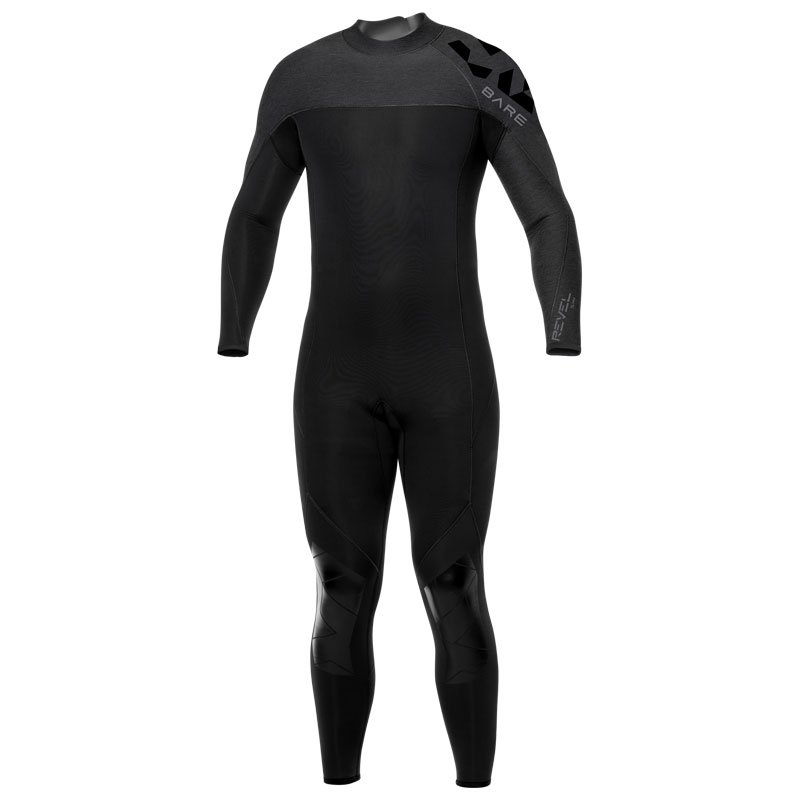When it comes to surfing, choosing the right wetsuit is crucial for both comfort and safety in the water.
But with so many types, thicknesses, and brands to choose from, it can be overwhelming to know where to start.
In this blog post, we’ll break down the top 5 factors to consider when choosing men’s surf wetsuits for surfing, so you can stay warm, flexible, and stylish in the waves.
Type of Wetsuit
There are three main types of wetsuits: full-body, spring suits, and shorties.
- Full-body wetsuits cover your entire body and are suitable for cold water conditions.
- Spring suits, also known as short-arm or short-leg wetsuits, cover your torso and arms or legs and are more suitable for milder water temperatures.
- Shorties, as the name suggests, are the shortest wetsuits and are designed for warm water conditions.
When choosing a wetsuit type, consider the temperature of the water you’ll be surfing in and the level of flexibility you need.
Thickness of Wetsuit
The thicker the wetsuit, the warmer it will keep you, but the less flexible it may be. Wetsuits are measured in millimeters, with thicker suits having a higher millimeter rating.
You need to consider the temperature of the water where you’ll be surfing and the climate. If it’s colder, you’ll need a thicker suit with more millimeters of neoprene to keep you insulated.
Wetsuits come with different numbers, like 3/2mm, 4/3mm, 5/4/3mm, and 6/5/4mm. The first number refers to the thickness of the suit’s body, and the second number refers to the extremities (arms and legs).
Don’t worry if you’re not sure which one to choose! You can use a wetsuit thickness guide or temperature chart to help you decide which wetsuit will be best for your needs.
Generally –
- For cold water surfing, you’ll want a thicker wetsuit, such as a 5/4/3 or a 4/3.
- For warmer water, a 3/2 or a 2/1 wetsuit may be more appropriate.
Construction of Wetsuit
There are several different methods of wetsuit construction, including glued and blind-stitched, flatlock stitching, and liquid seam sealing.
Glued and blind-stitched wetsuits are the most common and provide a strong, waterproof seal that’s ideal for colder water.
Flatlock stitching is less watertight but more flexible, making it a good choice for warmer water.
Liquid seam sealing is the most advanced method and provides both waterproofing and flexibility, making it ideal for high-performance surfing.

Brand and Quality of Wetsuit
Some of the top wetsuit brands include –
- Quiksilver
- Rip Curl
- O’Neill
These brands are known for their high-quality materials, innovative designs, and advanced manufacturing processes.
When choosing a wetsuit brand, look for one that’s reputable, trusted, and has a good track record of producing high-quality wetsuits that perform well in a variety of conditions.
Fit and Comfort of Wetsuit
A well-fitted wetsuit should be snug but not too tight, with no excess material or gaps that allow water to seep in.
It should also allow you to move around freely and comfortably without restricting your range of motion.
When trying on a wetsuit, take your time to ensure that it fits properly and feels comfortable, as a poorly fitting wetsuit can cause discomfort and even lead to chafing or rashes.
Conclusion
Choosing the right wetsuit for surfing can make a significant difference in your comfort, safety, and performance in the water. And it shouldn’t be a problem now with this comprehensive guide.
Remember to also take care of men’s surf wetsuits by rinsing them with fresh water after each use and storing it properly to prolong their lifespan.
Go ahead and make a splash with your new wetsuit!
